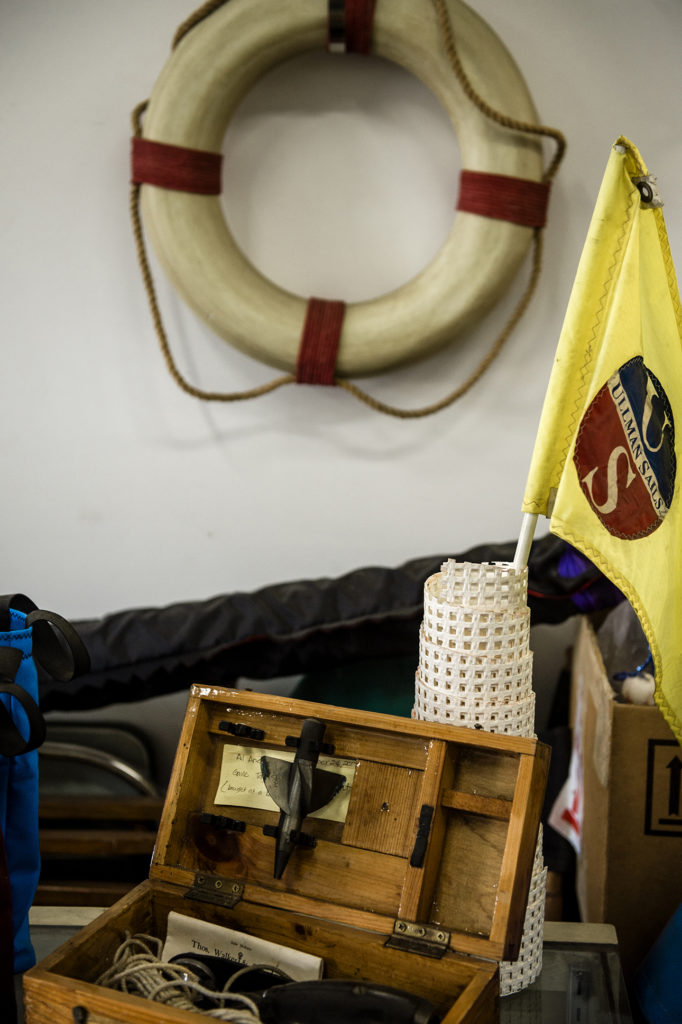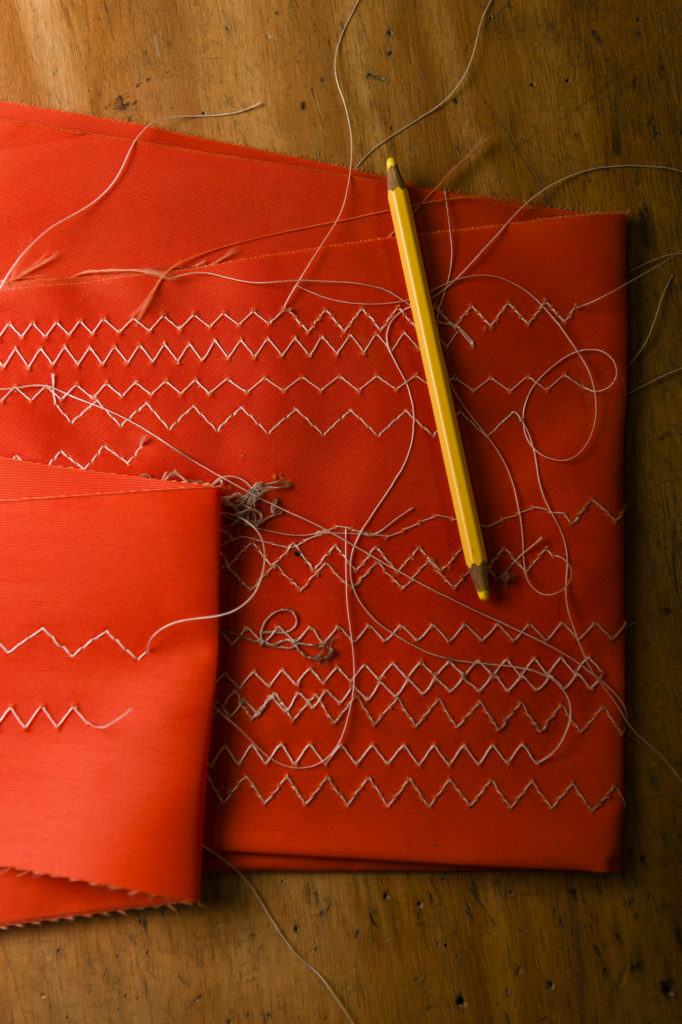Text by Mara Pyzel
Images by John Hook
In the sailmaking and rigging industry, business is often conducted outside the confines of a traditional office setting. For Larry Stenek and Marc Barra of Ullman Sails Hawai‘i and Art Nelson Sailmaker, this holds true: work meetings are anything but traditional. They take place as casual, dockside chats and run-ins at the harbor, or on afternoon sails with a client’s crew. Armed with valuable feedback from out in the field, the master sailmakers return to their factory in Kalihi, where they craft custom rigging and sails tailored to Hawai‘i’s unique clientele and weather.
The best sailmakers are perfectionists who rely on this hands-on experience and meticulous observation. Stitching the right sail to optimize a boat’s performance requires diligence, practice, and ample communication—the kind that can only come from establishing trust and a personal bond between sailor and sailmaker.
“It’s that personal aspect,” Barra says. “The sailing community is a little old school in that way.”
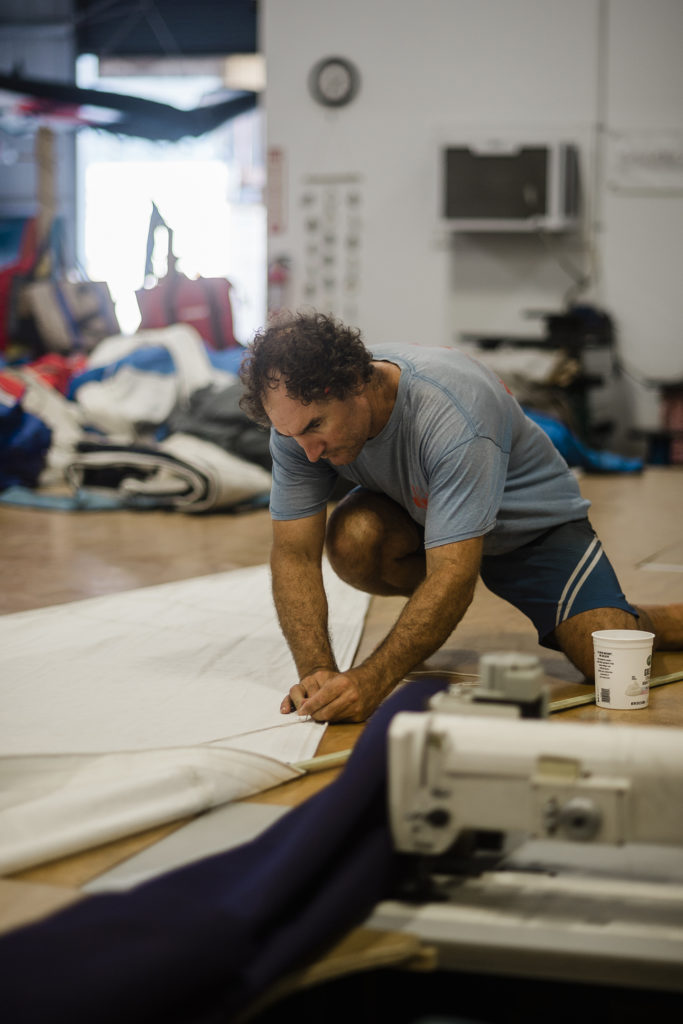
When you start sewing things yourself, you see how much of the world is actually made from being sewn together.
Marc Barra
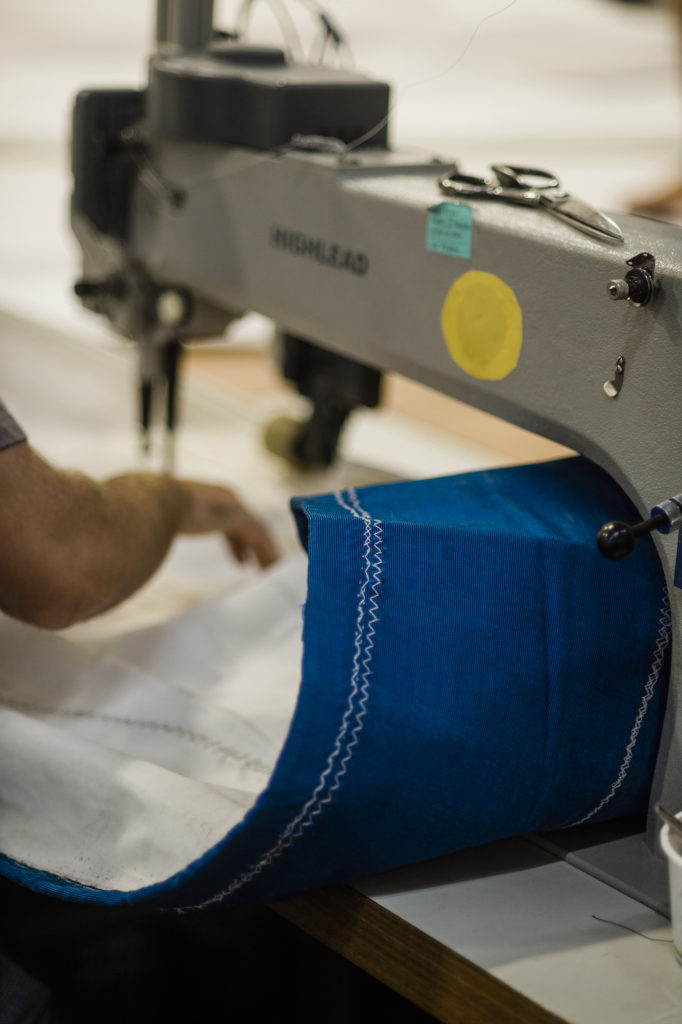
Barra and Stenek know this because they are both sailors too, having inherited their seafaring enthusiasm while growing up in California. As a kid, Barra’s grandfather would set him loose on a small boat in North San Diego Bay, tethered to the safety of the dock by a 50-foot line. His interest in sail cuts and rigging set-ups grew while crewing with older sailors, including world-renowned sailors and sailmakers Mark Reynolds and George Szabo. They all became his mentors, teaching him to cut, craft, and stitch.
“We would store scraps of material and tools in the old refrigerators at the bar, which still had the labels for gin and vodka and rum,” Barra says with a laugh, recalling the makeshift storage spaces at the restaurant-turned-sail loft where he cut his first canvas.
For Stenek, too, sailmaking was part of his natural progression as a sailor. Early on in his sailing career, he was faced with a hard truth: “If you wanted to keep sailing in the ’60s and ’70s and were not independently wealthy, you had to work in the industry,” he says.
In 1972, Stenek moved to Hawai‘i and began learning from legendary local riggers and sailmakers Laurie Dowsett and Sonny Nelson. Along the way he met Barra, who moved to Hawai‘i in 2001 to continue carving out a career in sailmaking, and the two craftsmen joined forces.
You May Also Like: The Family Stone
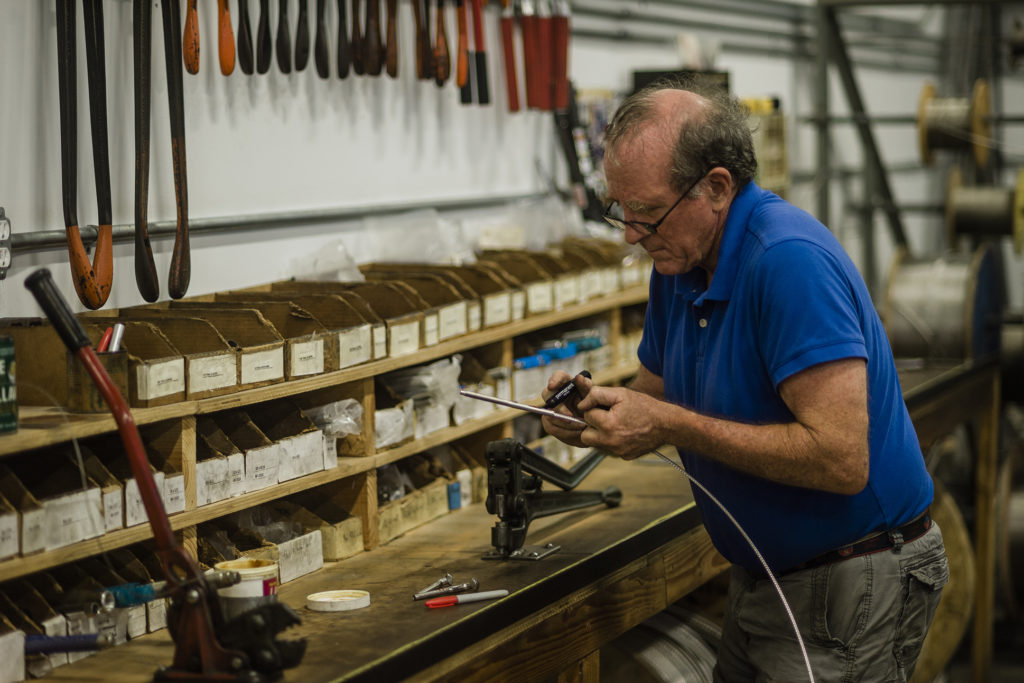
With roots stretching back more than a century in Hawai‘i, Ullman Sails Hawai‘i and Art Nelson Sailmaker’s legacy remains an impressive one. Stenek and Barra maintain their company’s competitive edge with an emphasis on adapting. When Stenek first moved to the islands, he remembers studying the weather patterns specific to Hawaiian waters. That in-depth understanding continues to inform his designs today.
“The conditions are much windier around Hawai‘i,” Stenek says. “Our sails have rounder forwards and flatter leeches and tend to be much stronger to withstand these conditions.”
As high-tech materials made their way into sail manufacturing and mending lofts around the world, techniques have evolved as well, presenting new challenges for Barra, who serves as the company’s head sailmaker. Modern-day sails come in a wide range of materials—from Kevlar and laminates to Mylar and plastics—but now even casual sailors request the black carbon sails once reserved for competitive racing.
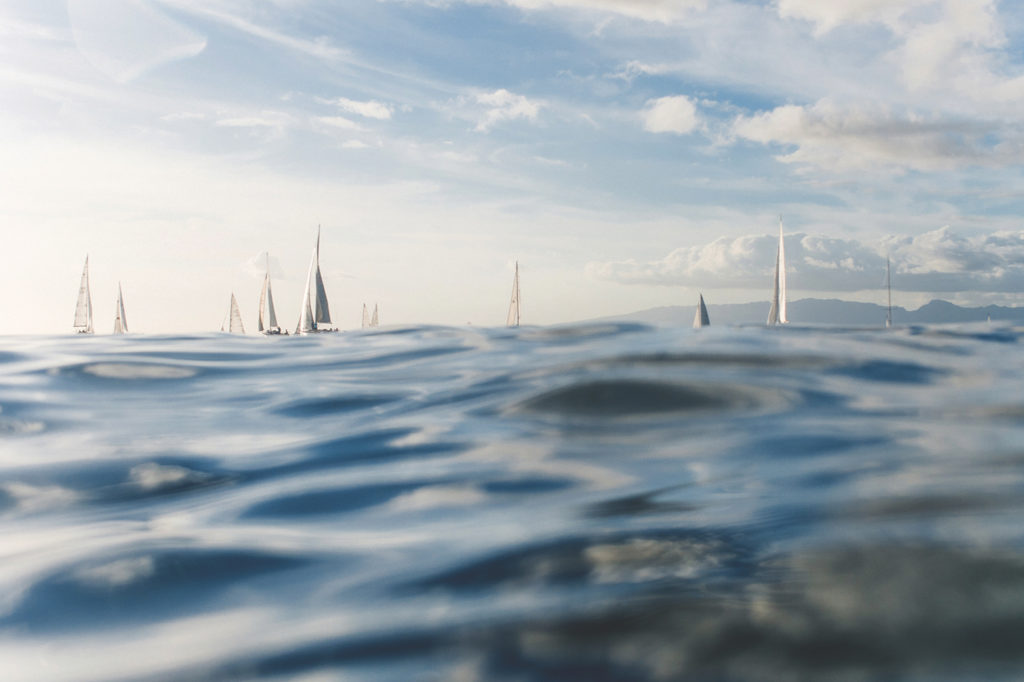
“If it’s a white Dacron sail, you can tell the manufacturer by the color stitching or the shape of the patches,” Barra says. “But nowadays, all the sails are made of black carbon fiber, so it’s made me learn a new stitching pattern for that type of material.”
Sailmaking may be an age-old craft, but it’s not a dying art. With the rapid rise of extreme sports like kitesurfing, a new generation of tradesmen, including Barra’s
teenage son, Cameron, are being called to the task. “He wants to learn to use the sewing machine to build things for kite foiling,” Barra says.
And along with breeding creativity and innovation, sailmaking may hold deeper insights and timeless lessons too. “When you start sewing things yourself, you see how much of the world is actually made from being sewn together,” Barra says. “You look at something and think, ‘I could build that.’”





